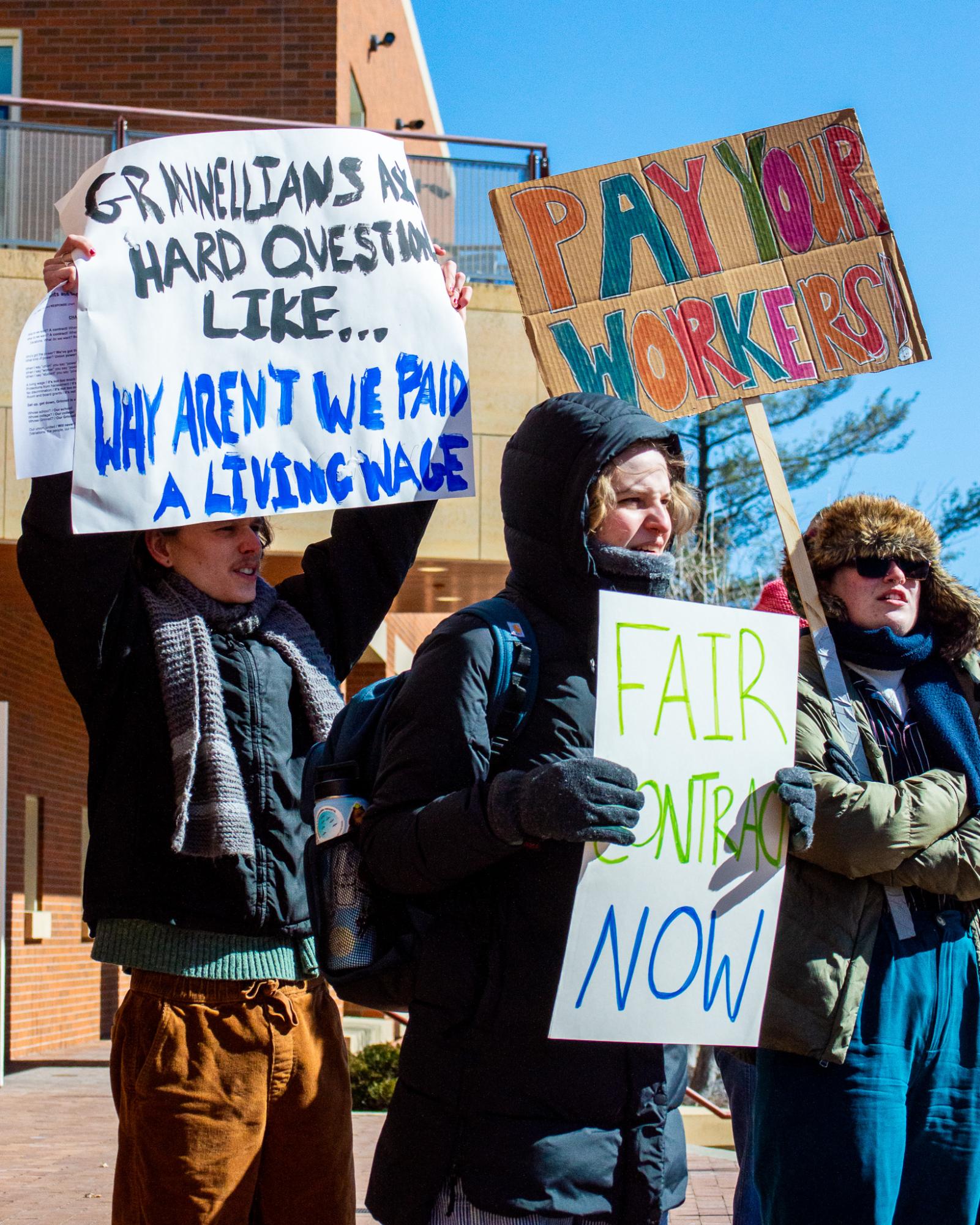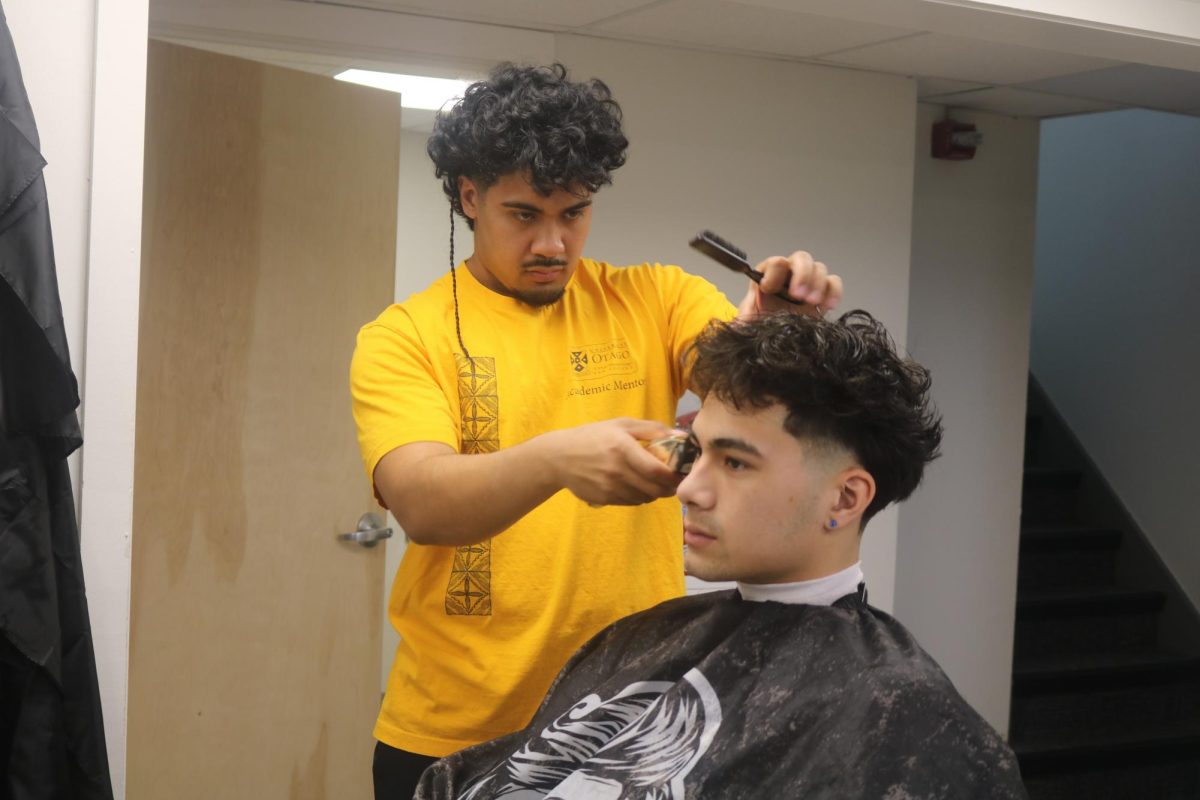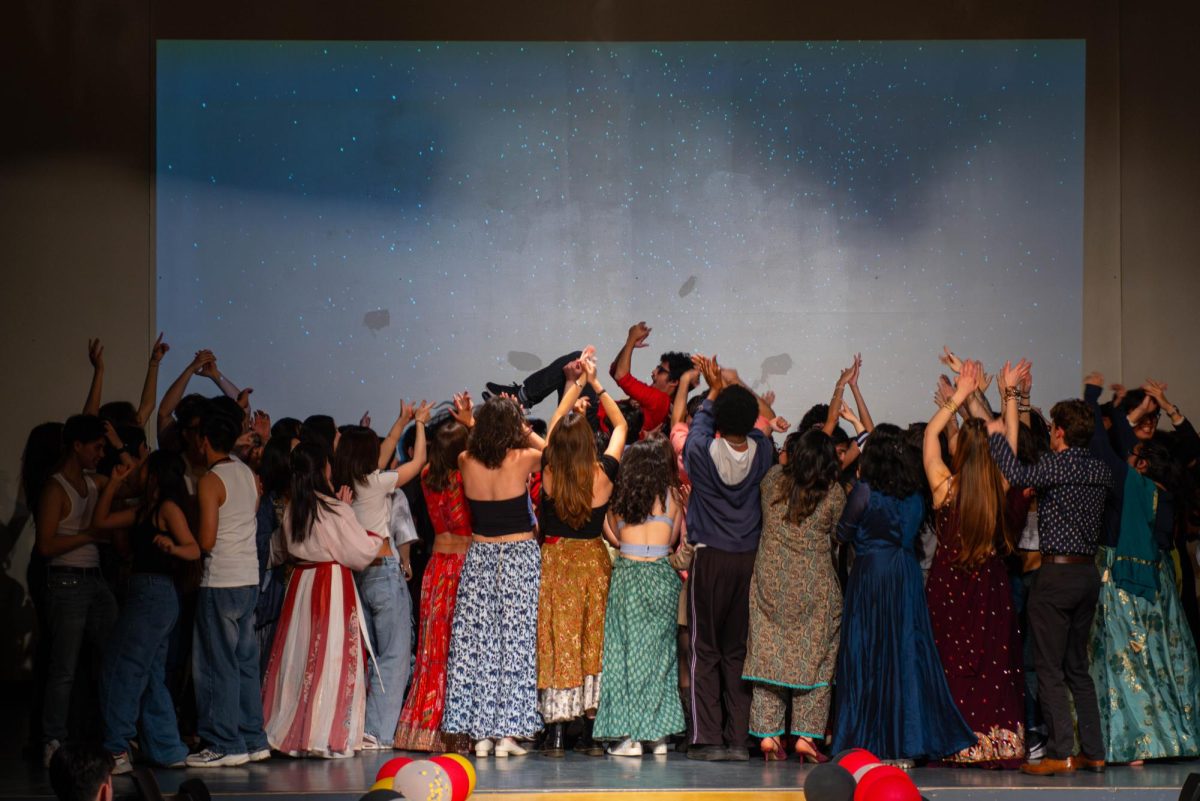Once upon a time, not too long ago, at a small liberal arts college called Grinnell, four students came together across class years for a common purpose — to disorient. Over the course of four semesters, spanning from 2019 to 2021, Oscar Buchanan `21, Oona Miller `21, Ryland Rich `22 and Lucia Cheng `23 toiled over the task of preserving the experiences and efforts of student activists as a resource for generations to come.
“Disorientation guides” have been distributed on college campuses since the 1960s, often as independent student initiatives or zines. The goal of these guides was to share with incoming students resources and information about the institution and campus culture that differed from — or was often excluded from — official orientation programming.
Disorientation topics ranged from sexual health resources to the realities of life as a marginalized student on campus. One major focus of disorientation guides has been to provide incoming students with information on past, current and ongoing activist movements on campus.
For Miller `21, one of the organizers behind the Grinnell Disorientation Guide — more commonly referred to as “the Guide” — the same motivations were behind the creation of the Grinnell guide.
“Even before you get to Grinnell, you are fed this image by the administration of what they believe Grinnell is or should be,” Miller said. “They’re trying to sell you on the fact that Grinnell is this school that is big on activism or it’s got all these very high achievers or whatever, but then you actually get to Grinnell and it’s not always true. So the disorientation guide was kind of like us trying to undo some of that.”
The first instance of the group’s disorientation efforts at Grinnell took place during orientation week of the 2019 fall semester. Members of the Union of Grinnell Student Dining Workers (UGSDW) and other student leaders on campus met with new students in the backyard of 1018 East Street to share stories and drum up interest in organizing.
Efforts to bring student leaders from different organizations together continued into the fall in the form of Power Hours hosted by the Grinnell United Activist Collective (GUAC), but the official disorientation guide was a COVID lockdown project for the four organizers.
“We wanted to do a disorientation guide because we knew that it was harder than ever to get people like in the same room talking about stuff or just get people connected,” Miller said. “Everyone felt so isolated from each other.”
To put their worries to rest and otherwise distract themselves, Cheng, Miller, Rich and Buchanan put together a website to preserve the activist efforts of student leaders from 2018 onward. Their website features a timeline of student activism from 2018 to 2021, as well as information about the then ongoing campaigns and interviews with student leaders.
More than documenting and preserving memory of activism at Grinnell, the group’s ideas of disorientation were shaped around building connection and communication between activists past and present.
“We were trying to figure out how to make more of an impact and build connections across different clubs and organizations — some sort of ecosystem of activism and advocacy and organizing on campus,” said Rich.
“We wanted to make sure that younger students coming into Grinnell knew what they were coming into,” Miller said. “What fights we had already been fighting at the time and what it took to get to the point where we were at.”
For the organizers, the Guide was supposed to be a platform and a hub for student activism at Grinnell, a place where student leaders could find support for their causes, from advice on best activism practices to new recruits interested in their campaigns.
“We always knew that there was a problem with institutional memory. I feel like it just got even more exacerbated with COVID just because there was not a great handoff between upperclassmen and underclassmen,” Cheng said. “I don’t blame anyone for that just because no one was on campus — like how are you supposed to keep these organizations running and people happy, making organic connections, if you’re not in person?”
Just as the Guide was working to address dissonance between incoming and outgoing student leaders, its organizers too experienced the challenges of maintaining long term activist projects at a four year institution.
The last update to the Grinnell Disorientation Guide website was made in the 2021 spring semester, after which Buchanan and Miller graduated and Cheng and Rich focused their attention on other projects.
“A lot of the stuff that we talked about really got off the ground like during Covid,” Cheng said. “I just really regret not figuring out a way to see if I could’ve kept it going.”
For anyone interested in picking up the disorientation crusade, Miller leaves the following piece of advice.
“Talk to as many alums as you can and ask them who they remember working with at Grinnell to paint a picture of what movements they were involved in. Reach out to all of the different activist groups. Reach out, asking people, ‘What are you currently working on? What do you need help with? What kind of people are you hoping to get involved in the movement?’”







